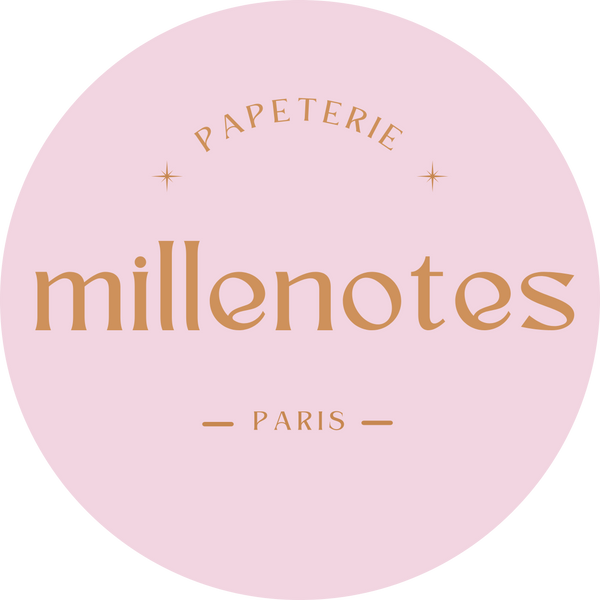Modern Calligraphy - Brush Lettering
Share
Calligraphy is, etymologically, beautiful writing, the art of properly forming handwriting characters. This word comes from the ancient Greek κάλλος / kállos , "beauty", and γράφω / gráphô , "to write".
Almost all civilizations that practice writing have developed an art of “calligraphy”.
Traditional calligraphy is governed by specific, structured and individual strokes that form different letters. Many different scripts have been created. As for modern calligraphy, it is based on certain principles of traditional calligraphy. However, it can give you greater creative freedom.
Traditional scripts are made with specific tools and with precise measurements of heights and angles. On the other hand, modern calligraphy has more freedom in its execution.
Modern calligraphy can be practiced with a variety of different tools, such as :
- Brush pens
- Pencils
- Markers
In this article, I'm going to focus on calligraphy with a brush pen, otherwise known as Brush Lettering.
What tools to use?
You will basically need a brush pen and a piece of paper.
The problem is, there are lots of different brush pens and papers, right?
I'm here to help you!
I started my brush lettering adventure 5 years ago. I bought some cheap brush pens on amazon and bought a little practice book where different fonts were shown. There wasn't much space so I ended up practicing on printer paper.
What did I learn from this experience?
That both the quality of the brush pens and that of the paper are very important!
My cheap brush pens were destroyed after a few days of heavy use. The brushes simply frayed!
Concerning the paper, I used poor quality paper, the brushes did not slide on the paper as much as I wanted.
What did I do then?
I looked through many Instagram accounts and found that there is one main brand used by professionals: Tombow. Since then, I have obviously discovered other brands but at the time, I ordered my first pack of Tombow!
…and since then I have been practicing brush lettering from photos or videos found on the internet. I'm still not fully satisfied with my style but I'm proud of where I've gotten, especially knowing that I don't practice very regularly and have had many long breaks.
I have created a special set for you to learn brush lettering.
If you are a total beginner to brush lettering, I suggest you start with a large brush pen. From my personal experience, I find it easier to learn the large letters first than the small ones. What's still problematic for me is the big letters, but that's something that's easier to learn once you learn how to make big letters.
